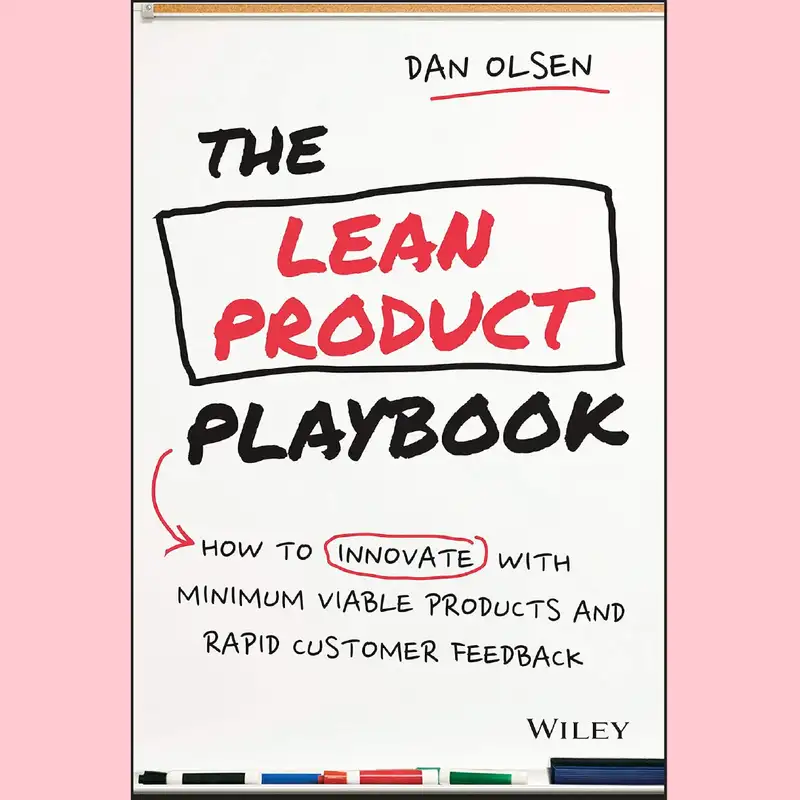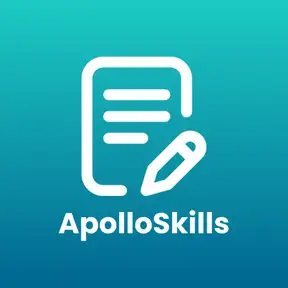The Lean Product Playbook by Dan Olsen
Summary: The Lean Product Playbook by Dan Olsen
Summary: The Lean Product Playbook by Dan Olsen
In the dynamic world of startups, achieving product-market fit is akin to finding the Holy Grail. It's the pivotal moment when your product perfectly aligns with market demand, ensuring survival and sustainable growth. However, reaching this milestone is no small feat. It requires a blend of strategic vision, customer insight, and iterative development. Dan Olsen, a Lean Startup consultant and author of "The Lean Product Playbook," provides a comprehensive framework to navigate this journey. Let's dive into Olsen's insights and expand on practical strategies to help entrepreneurs find their product-market fit.
Audio Summary: The Lean Product Playbook by Dan Olsen
Understanding the Product-Market Fit Pyramid
Olsen introduces the Product-Market Fit Pyramid, a visual tool that breaks down the complex process of achieving product-market fit into manageable layers. From bottom to top, these layers are:
Target Customer: Identifying who your product is for is the foundation of product-market fit. It involves understanding the people who will benefit most from your product.
Customer’s Underserved Needs: Pinpoint the gaps in the current market offerings. What needs do your target customers have that are not being adequately met?
Value Proposition: Define your product's unique benefits to address underserved needs. How does your product solve the problems identified?
Feature Set: Determine the features that will deliver on your value proposition. What functionalities will your product include to meet customer needs?
User Experience (UX): The top of the pyramid focuses on how customers interact with your product. A seamless, intuitive user experience can significantly differentiate your product.
This pyramid serves as a strategic blueprint, guiding entrepreneurs through aligning their products with market needs.
Sign up for Apollo Advisors: Mentorship and Masterclasses for Entrepreneurs
Helping leaders discover, develop and drive their products
No spam. Unsubscribe anytime.
Employing the Lean Product Process
Building upon the Product-Market Fit Pyramid, Olsen outlines the Lean Product Process, which emphasizes a customer-centric approach to product development. Here's how you can apply it:
1. Define Your Target Market
Begin by precisely identifying your target customers. Creating detailed personas can help your team visualize the ideal customer, making it easier to tailor your product's development and marketing efforts. Utilize tools like social media analytics and Google Analytics to refine your understanding of who is engaging with your product.
2. Discover Underserved Needs
Engage directly with your potential customers through interviews and surveys to uncover their pain points. This qualitative research can yield invaluable insights that quantitative data alone cannot provide.
3. Craft Your Value Proposition
Your value proposition should succinctly articulate why customers should choose your product. It needs to highlight the unique benefits and solutions your product offers. Be specific about how your product addresses the customer's struggles and why it's better than the alternatives.
4. Develop and Test Your MVP
The Minimum Viable Product (MVP) is a crucial step in the Lean Product Process. It allows you to test your hypotheses with the most minor investment of resources. Feedback from early adopters of your MVP is instrumental in refining your product. Don't aim for perfection with your initial release; focus on learning and iterating.
5. Iterate Based on Feedback
Use the Build-Measure-Learn feedback loop to improve your product continuously. This iterative process is about developing your product based on customer feedback, measuring the impact of those changes, and learning what truly resonates with your market.
Measuring Product-Market Fit
Achieving product-market fit is not the end of the road; measuring it is equally important. Net Promoter Score (NPS), churn rate, growth rate, and customer lifetime value can provide quantifiable evidence of product-market fit. However, don't overlook qualitative feedback, which can offer deeper insights into customer satisfaction and product appeal.
Key Takeaways
The path to product-market fit is iterative and customer-focused. By systematically addressing each layer of the Product-Market Fit Pyramid and employing the Lean Product Process, entrepreneurs can navigate the complexities of aligning their products with market demands. Remember, achieving product-market fit is a journey, not a destination. Stay agile, keep learning from your customers, and be prepared to pivot when necessary.
For startups and entrepreneurs aiming to discover their niche, understanding and applying these principles can be the difference between thriving and merely surviving. Embrace the process, and let it guide you to the success your innovation deserves.

